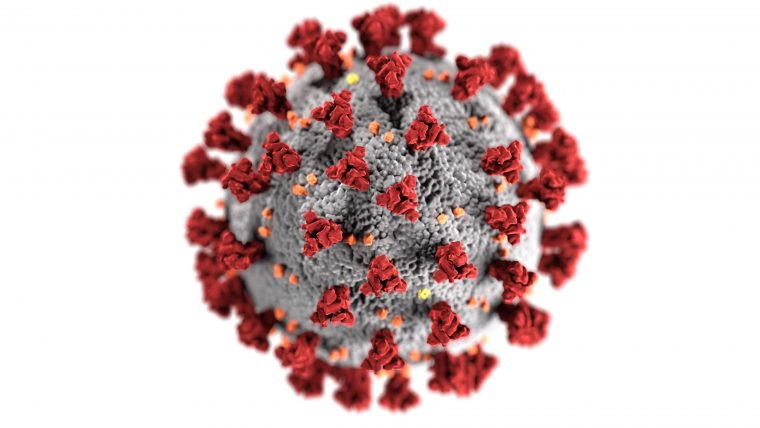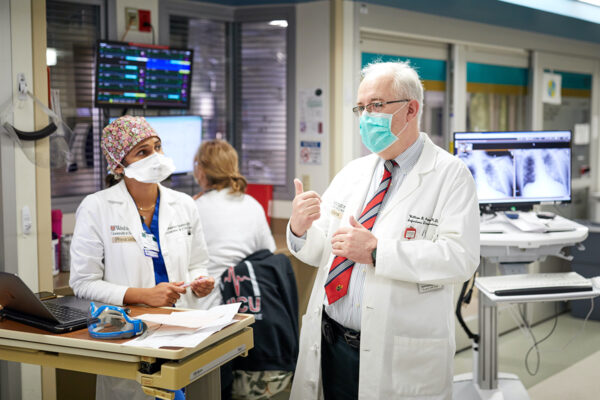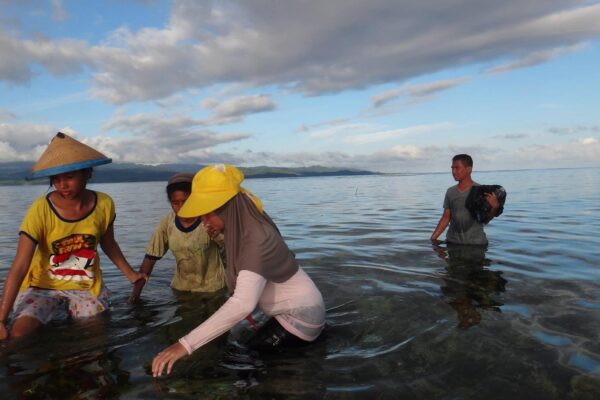COVID-19 caught public health systems in the U.S. unprepared to detect, track and contain the virus. The pandemic has exposed a multitude of deficiencies that require a wholesale reinvention of the field of public health, said four leading experts in a recently published essay.
“Our insufficient capabilities have been complicated by long-standing and worsening health inequalities and the rapid spread of misinformation that needs to be countered,” said Ross Brownson, the Steven H. and Susan U. Lipstein Distinguished Professor and director of the Prevention Research Center at Washington University in St. Louis.

Brownson is lead author of the essay “Reimagining Public Health in the Aftermath of a Pandemic,” published Aug. 20 in the American Journal of Public Health. Co-authors are: Graham A. Colditz, MD, DrPH, the Niess-Gain professor of surgery and director of the Division of Public Health Sciences at Washington University School of Medicine in St. Louis; Thomas Burke of Johns Hopkins University Bloomberg School of Public Health; and Jonathan Samet of the Colorado School of Public Health.
“Resources put into public health and prevention can have an amazing return on investment,” Colditz said. “This new vision for the public health system can help us harness that potential and move toward becoming a better prepared, more equitable and healthier nation. But it will take some effort.”
The essay suggests the reinvention will take place over the next five years, beginning with three phases of action to deal with the immediate crisis:
- Manage the crisis and make short-term shifts of resources (0-6 months) — Streamline current phase, in which testing is limited and trials have begun on vaccines.
- Maintain initial gains (7-18 months) — Testing becomes widespread and public health needs vary widely by region.
- Sustain and enhance progress (18-60 months) — A safe and effective vaccine becomes widely available. The public health system is rebuilt and reprioritized as the nation prepares for the next pandemic.

The COVID-19 pandemic will change the world permanently in ways that are not yet predictable, Brownson said. “The events of the past several months have revealed immediate health and social needs and pointed directly to the urgent need to redouble our commitment to prevention and public health investment. Without explicit attention to social determinants of health, the aftermath of the immediate societal outcomes of COVID-19 will be still greater health inequities.”
The authors list four ingredients that are needed to change public health:
- Leadership and political will: A new generation of leaders should be developed to promote evidence as a basis for practice and policy, persuade the public and advocate for public health.
- A rethinking of how to address population-level health risks and how to allocate resources accordingly: The fields of medicine and public health should be viewed as interconnected and the social determinants of health prioritized.
- The reinvention of core public health systems: Modern data sciences should be brought to bear on health surveillance and tracking that includes the social determinants of health, contact tracing and risk communication.
- New communication skills and processes: A better segmentation of audiences and targeted communication are needed to provide trusted information, counter misinformation and emphasize the prevention of disease as a key to public health.
“The lessons of COVID-19 present an opportunity and an urgency to reimagine public health,” the authors wrote. “We must recognize that public health is a public good that deserves greater investment — that message has never been more important. We must reach across the silos of the health system, reduce the burden and costs of poor health, and advance the science to identify and respond more quickly to emerging threats in our changing world.”
WashU Response to COVID-19
Visit coronavirus.wustl.edu for the latest information about WashU updates and policies. See all stories related to COVID-19.



